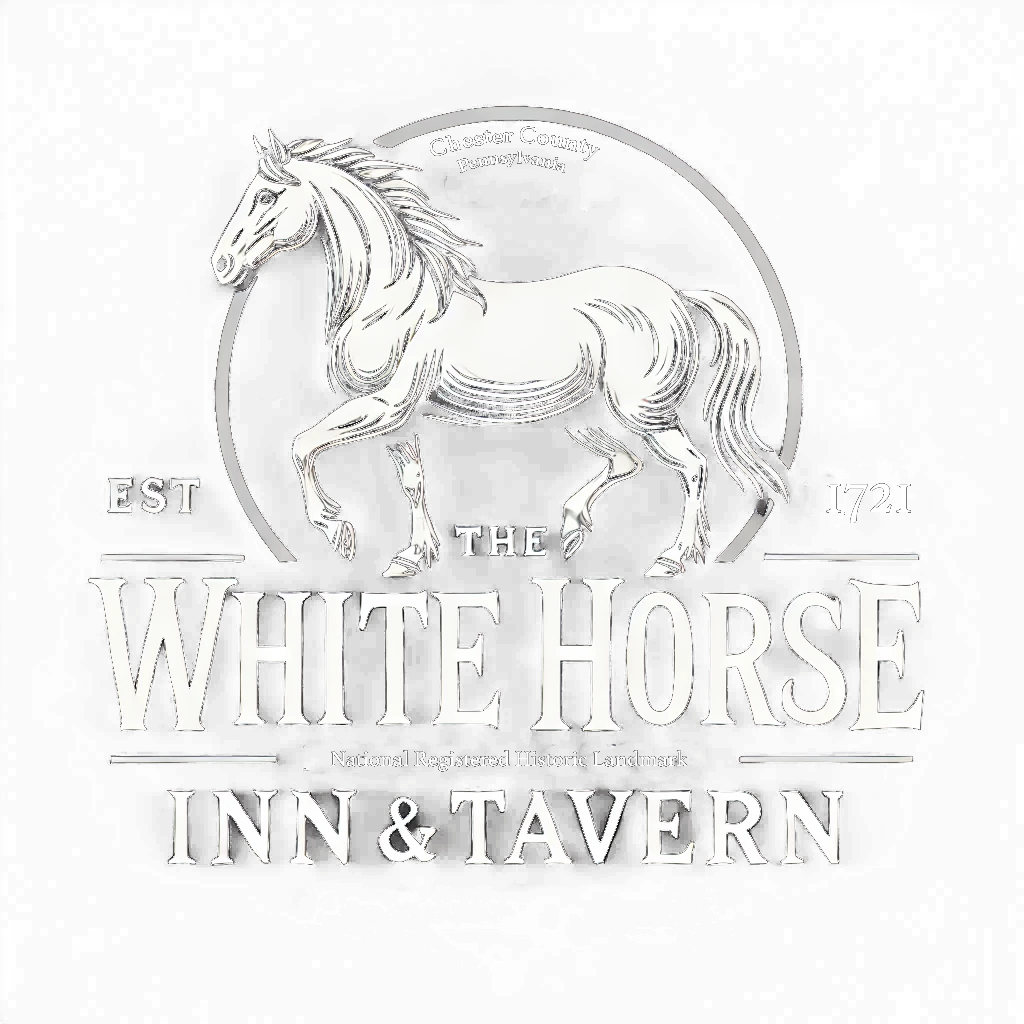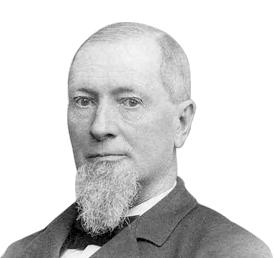Referenced in Wayside Inns on Lancaster Turnpike, written in 1915, calls William Weightman “one of Philadelphia’s well-known capitalists, by whom it was remodeled and repaired.” He bought the White Horse sometime after 1869, where he repaired and remodeled the home, but probably never lived there.
“William Weightman (1813-1904) was one of the wealthiest men in America at the time of his death, amassing a fortune worth over $51 billion in today’s money–CNN rated him #20 of the all-time Americans.”
“William Weightman invented a new, cheaper synthetic form of the drug quinine. With the outbreak of the Civil War, Powers & Weightman’s near monopoly of quinine proved to be a huge boon for the company, becoming a major supplier to Union forces. “

“Not one to sit on his laurels, Weightman parlayed his new found wealth into another financially successful venture, real estate. Within a short period of time he would become the largest individual owner of real estate in Philadelphia, building row homes on former North Philadelphia farmland. He also had similar success building houses in West Philadelphia, with first class quality homes near Penn and Drexel’s booming universities.”
At least two Chester county maps from 1873 and 1883 list Weightman owning property with a house (the Tavern and Inn) and two barns clearly marked. He also owned many other properties nearby.
Anna Walker (daughter) inherited all William’s properties on his death in 1904 and sold the tavern in 1911.
— Quoted 2nd, 3rd, and 4th paragraphs above are from The Local, “HISTORY MATTERS: The Amazin’ Weightman” by Joseph Minardi on September 7, 2017. A web version can be found at http://eastfallslocal.com/history-matters-the-amazin-weightman

